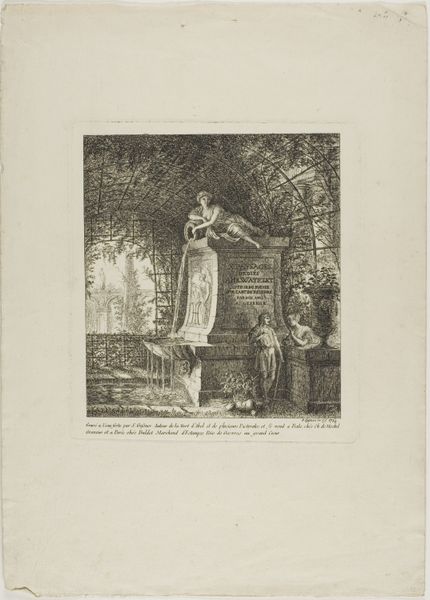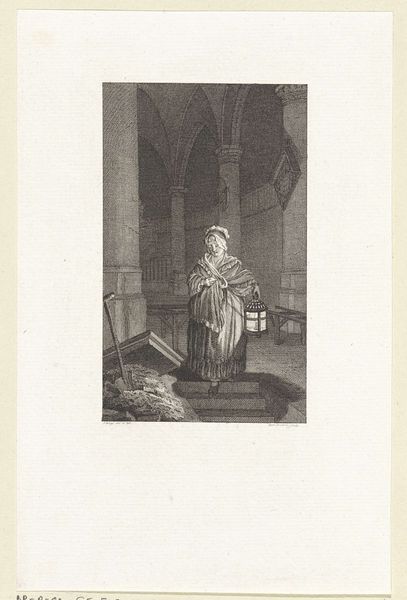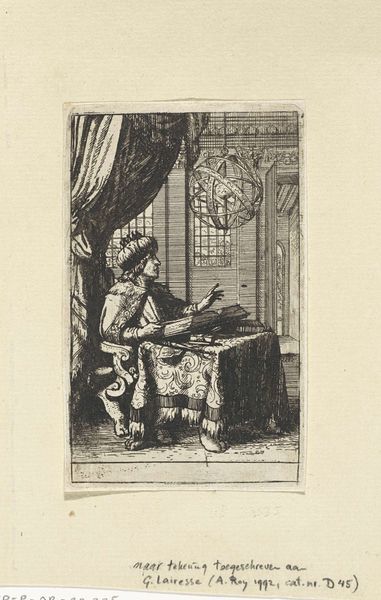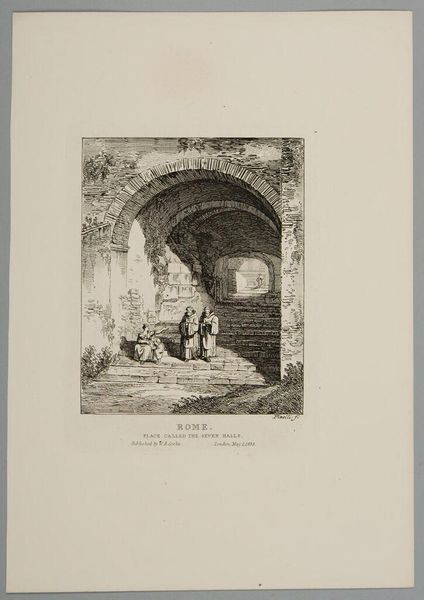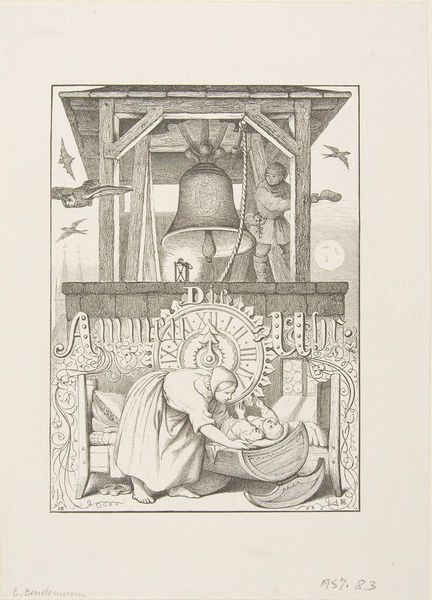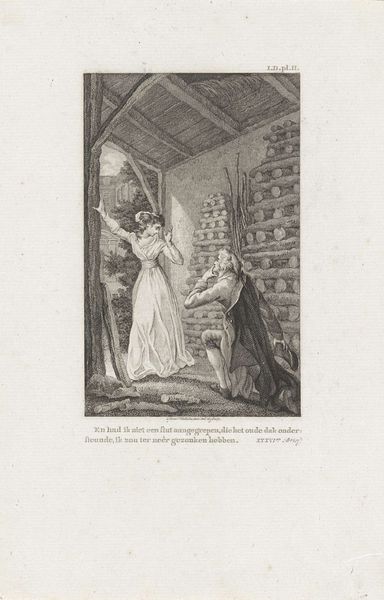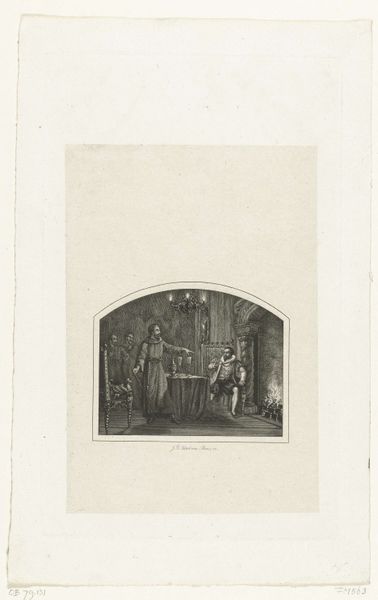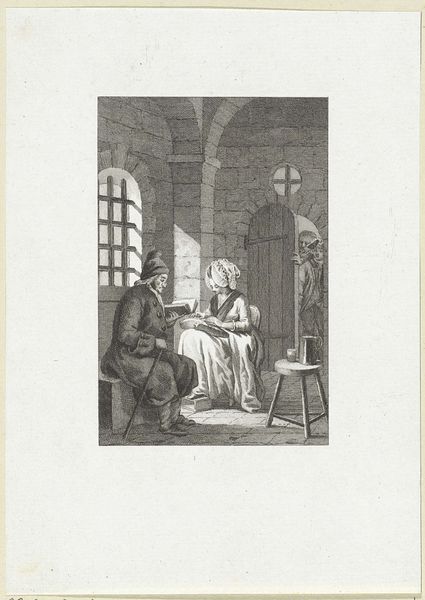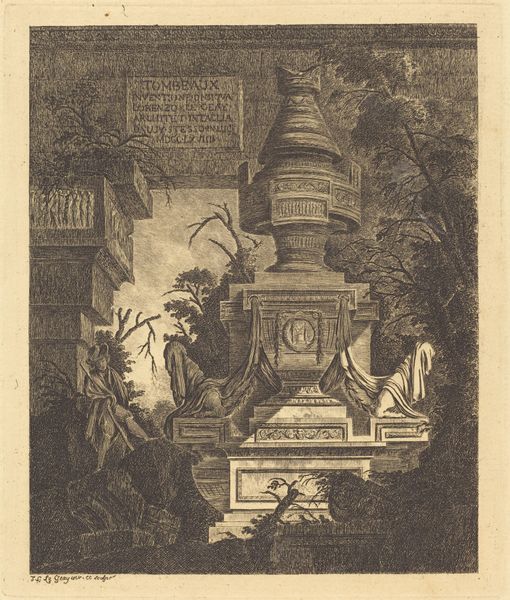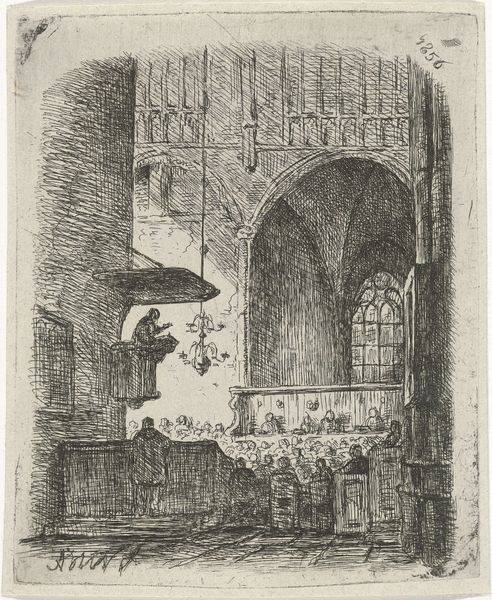
Landscapes Dedicated to Watelet c. 18th century
Copyright: CC0 1.0
Editor: This print, "Landscapes Dedicated to Watelet" by Salomon Gessner, presents an idealized pastoral scene. I'm struck by how the architecture integrates with nature. What is your take on this interaction? Curator: It reflects the 18th-century fascination with the picturesque, where constructed landscapes served as a stage for social and philosophical ideals. Gessner's print speaks to how the elite sought to control and curate their environment, reflecting their power and taste. How does the inscription tie into this? Editor: The inscription "Dedicated to Watelet" suggests a connection to artistic patronage. It highlights the role of wealthy individuals in shaping artistic production and cultural values of the time. Is that right? Curator: Precisely. Art during this period often served as a social currency, reinforcing bonds between artists and their patrons. It's interesting to see how these seemingly idyllic scenes were actually deeply embedded in power dynamics. Editor: That’s really insightful, I hadn't thought about the politics embedded in these landscapes. Curator: Considering the social function of art gives us new perspectives on works of this era.
Comments
No comments
Be the first to comment and join the conversation on the ultimate creative platform.
